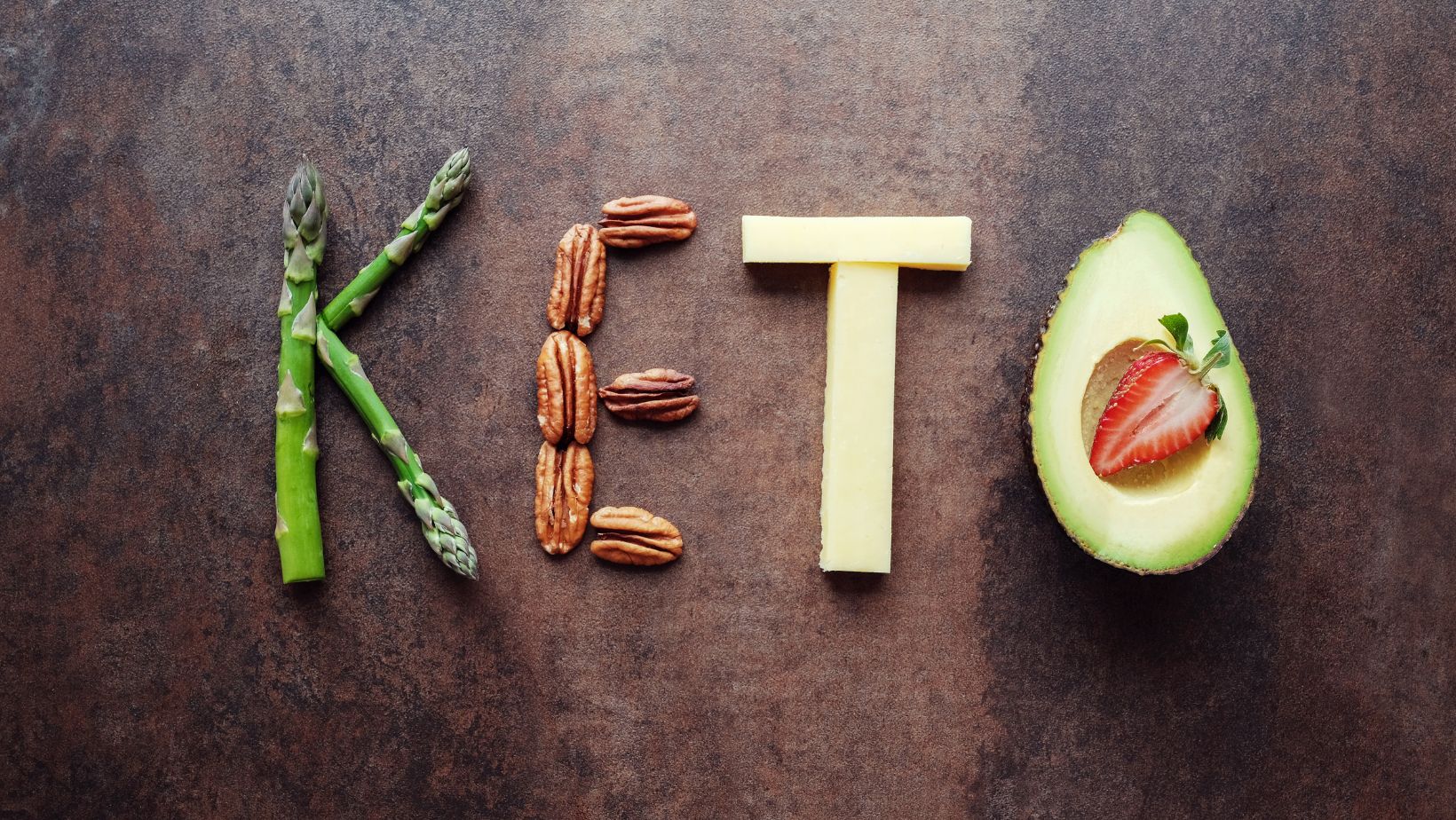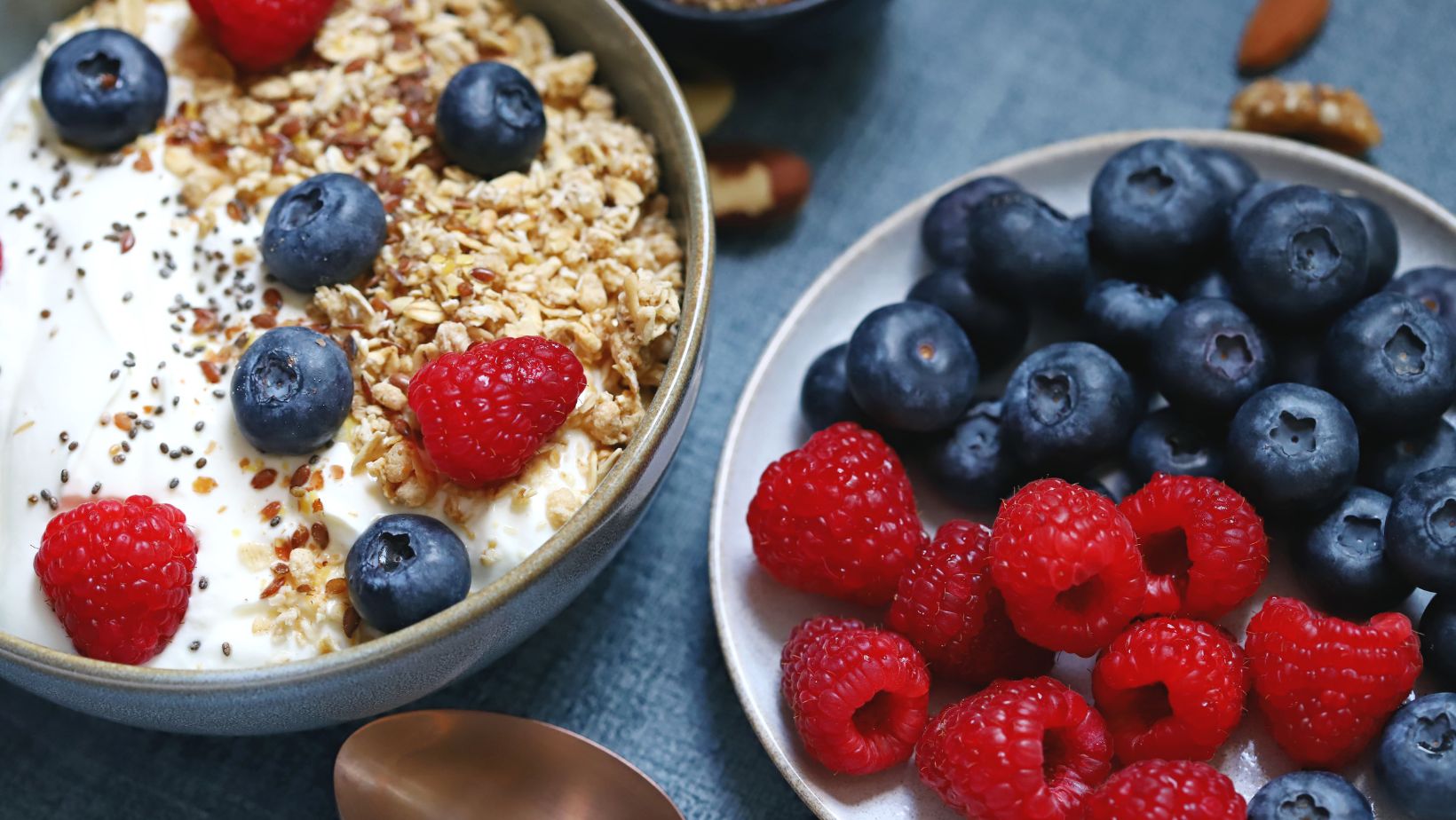
If you’re a carb lover but still want to try the keto diet, you’re in luck! The “keto for carb lovers” approach allows you to enjoy your favorite carbohydrate-rich foods while still reaping the benefits of a low-carb, high-fat diet. It may sound too good to be true, but with some smart swaps and creative recipes, you can make it work.
One of the key principles of the keto for carb lovers strategy is finding low-carb alternatives for traditional carb-heavy ingredients. For example, cauliflower can be transformed into rice or mashed potatoes, zucchini noodles (zoodles) can replace pasta, and almond flour can stand in for regular flour in baking. By making these substitutions, you can still indulge in dishes like pizza, lasagna, and even bread while keeping your carb intake in check.
Another aspect of this approach is focusing on healthy fats. Avocados, nuts and seeds, olive oil, coconut oil – these become your new best friends on the keto for carb lovers journey. These fats not only provide satiety and flavor but also help support ketosis by fueling your body with an alternative energy source. So don’t shy away from adding a generous drizzle of extra virgin olive oil to your salads or enjoying a handful of almonds as a snack.
With the keto for carb lovers method, you don’t have to give up all your beloved carbs. By making smart choices and incorporating low-carb alternatives into your meals while embracing healthy fats, you can find a balance that works for both your taste buds and your health goals. So get ready to embark on this exciting culinary adventure where deliciousness meets ketosis!
What is the Keto Diet?
If you’re a carb lover like me, you may have heard about the Keto diet and wondered what it’s all about. Well, let me break it down for you. The Keto diet, short for ketogenic diet, is a low-carb, high-fat eating plan that has gained popularity in recent years. It involves drastically reducing your carbohydrate intake and replacing it with healthy fats.
The idea behind the Keto diet is to put your body into a state of ketosis. Ketosis occurs when your body doesn’t have enough carbohydrates to burn for energy, so it starts breaking down fat instead. This metabolic process can lead to weight loss and increased energy levels.
On the Keto diet, you’ll be consuming foods that are rich in fats such as avocados, nuts, seeds, and oils. You’ll also be eating moderate amounts of protein from sources like meat, fish, and dairy products. However, you’ll need to limit your intake of carbohydrates including grains, starchy vegetables, sugary foods, and most fruits.
One of the main benefits of the Keto diet is its potential to help with weight loss. By reducing carbs and increasing fats in your meals, you may feel fuller for longer periods which can lead to decreased calorie intake overall. Additionally, since ketosis relies on burning fat for fuel rather than glucose from carbs, many people experience significant weight loss results.
It’s important to note that while the Keto diet can be effective for some individuals in achieving their health goals or managing certain medical conditions (such as epilepsy), it may not be suitable or sustainable for everyone. As with any major dietary change or lifestyle adjustment, consulting with a healthcare professional or registered nutritionist is recommended before embarking on this type of eating plan.
Keto for Carb Lovers
When it comes to the keto diet, carbohydrates play a crucial role in determining your body’s primary source of fuel. In a typical Western diet, carbohydrates are the main macronutrient that provide energy. However, on the ketogenic diet, the goal is to drastically reduce carbohydrate intake and shift the body into a state of ketosis.
Ketosis is a metabolic state where your body primarily relies on fat for fuel instead of carbohydrates. By limiting carbohydrate consumption to around 20-50 grams per day, you force your body to enter this state and become more efficient at burning fat for energy.

